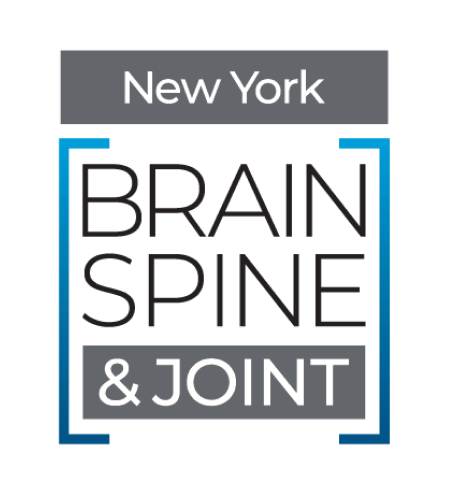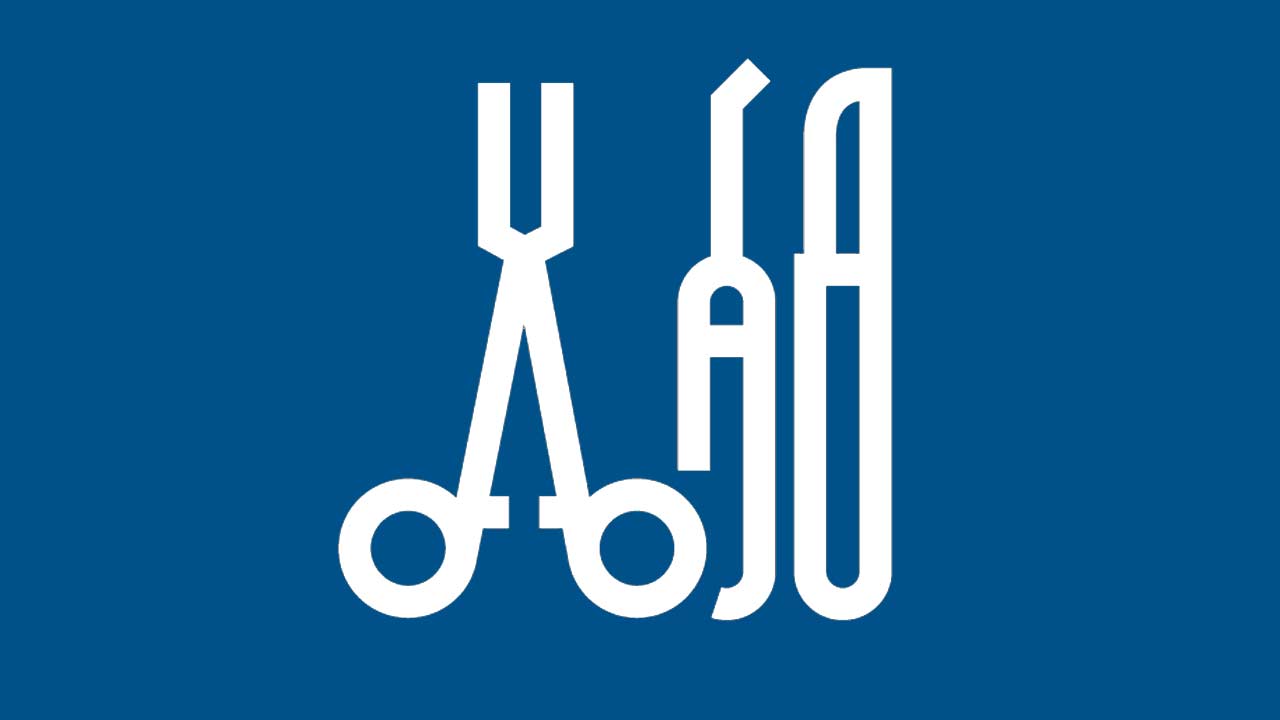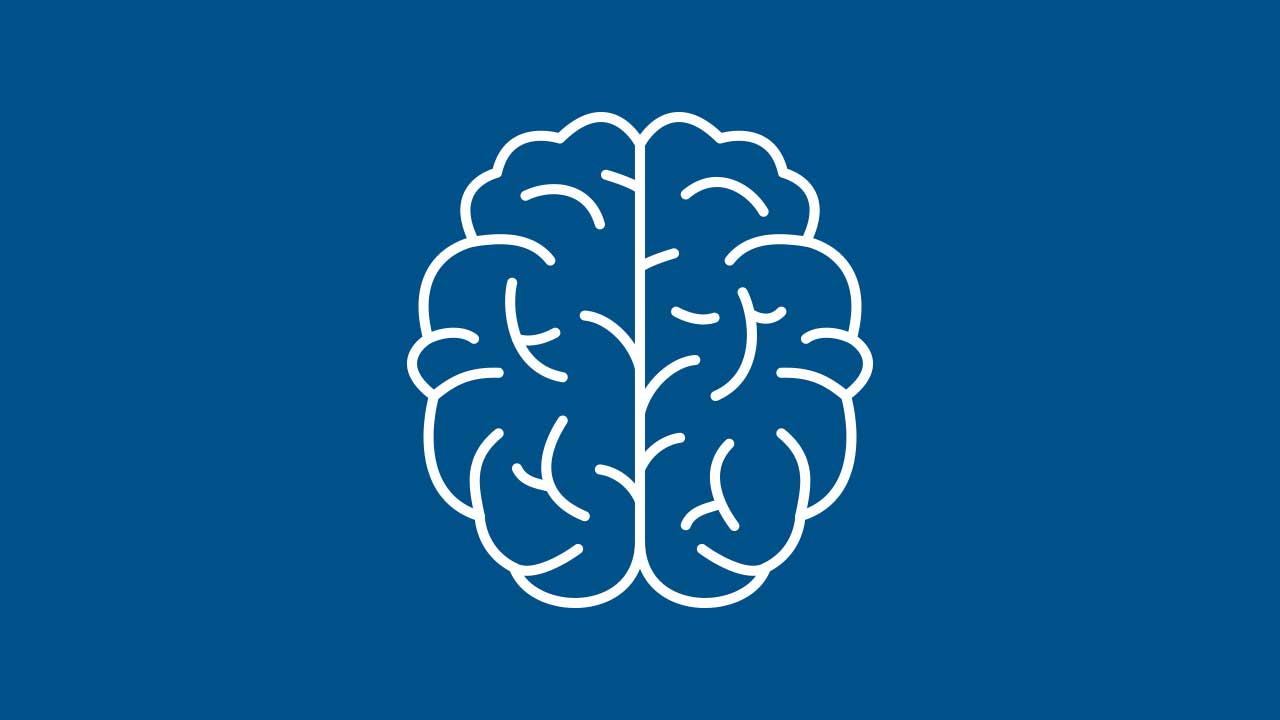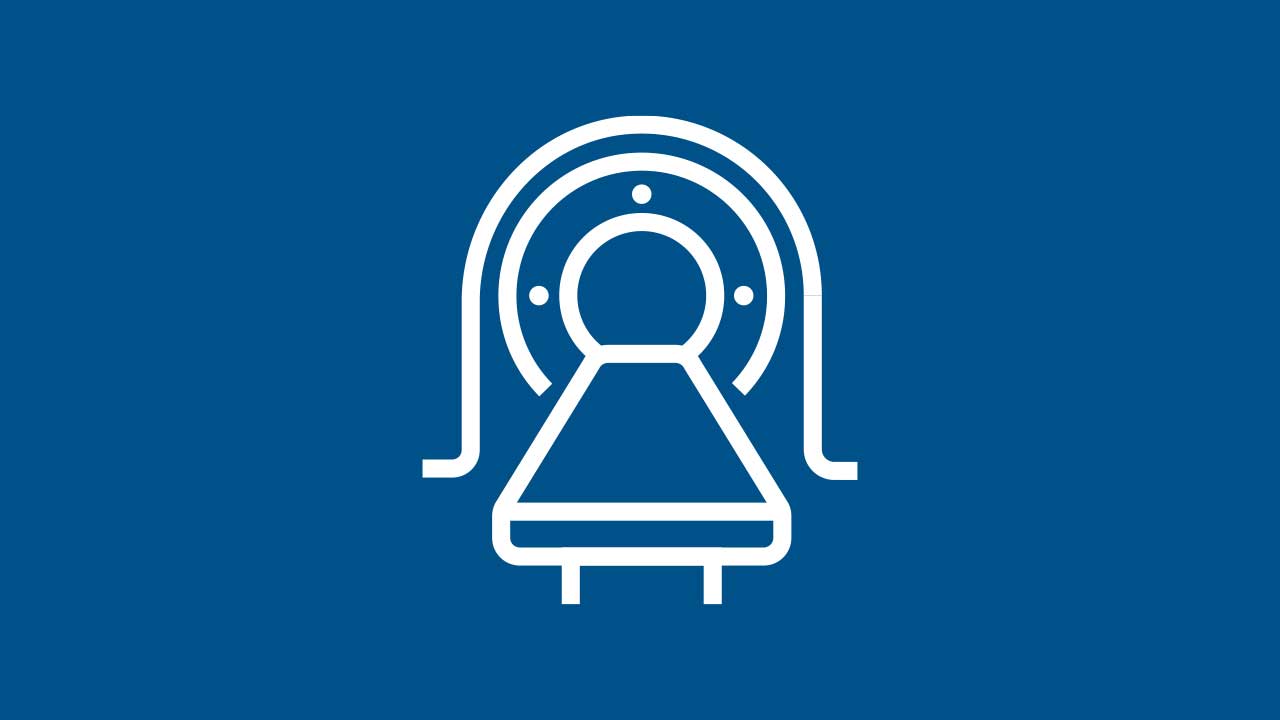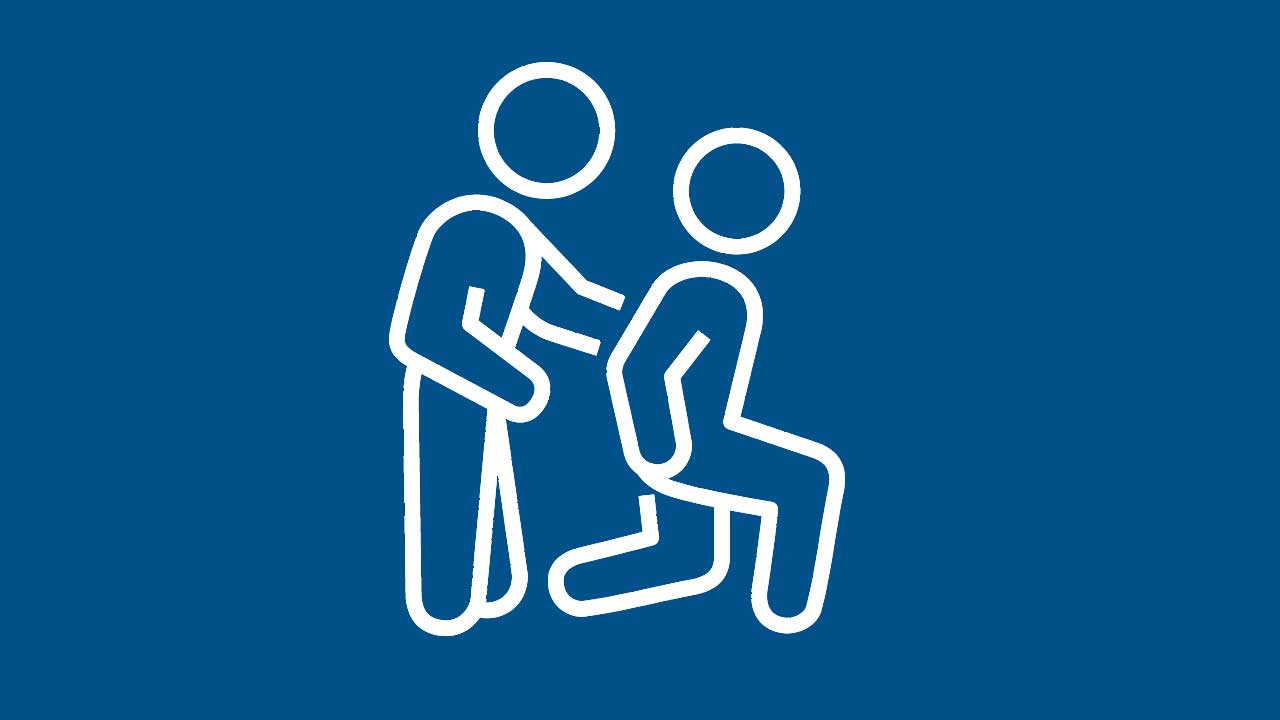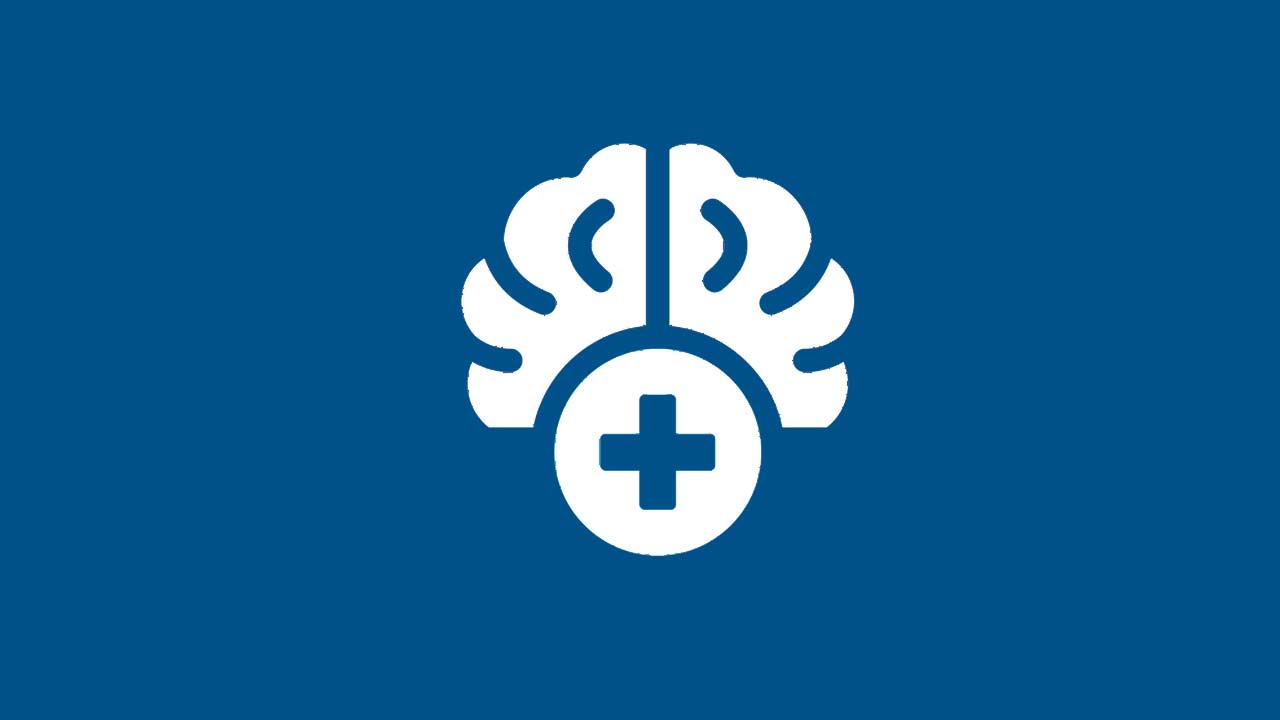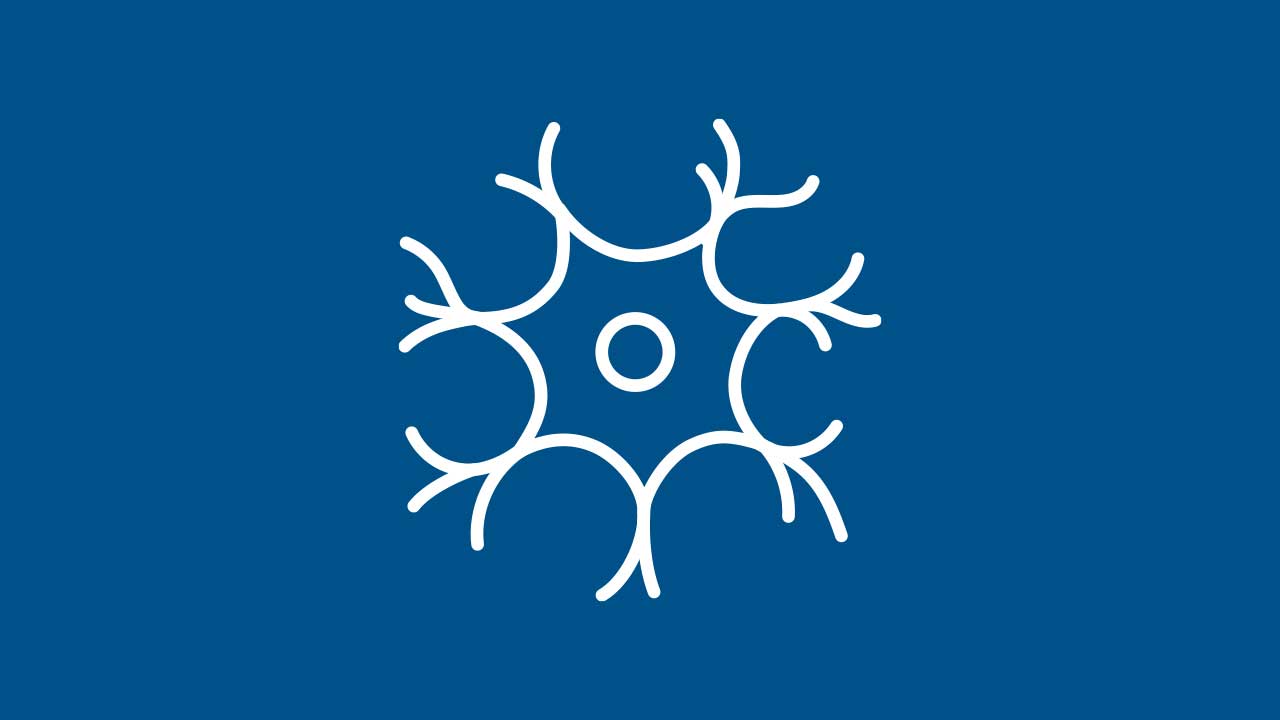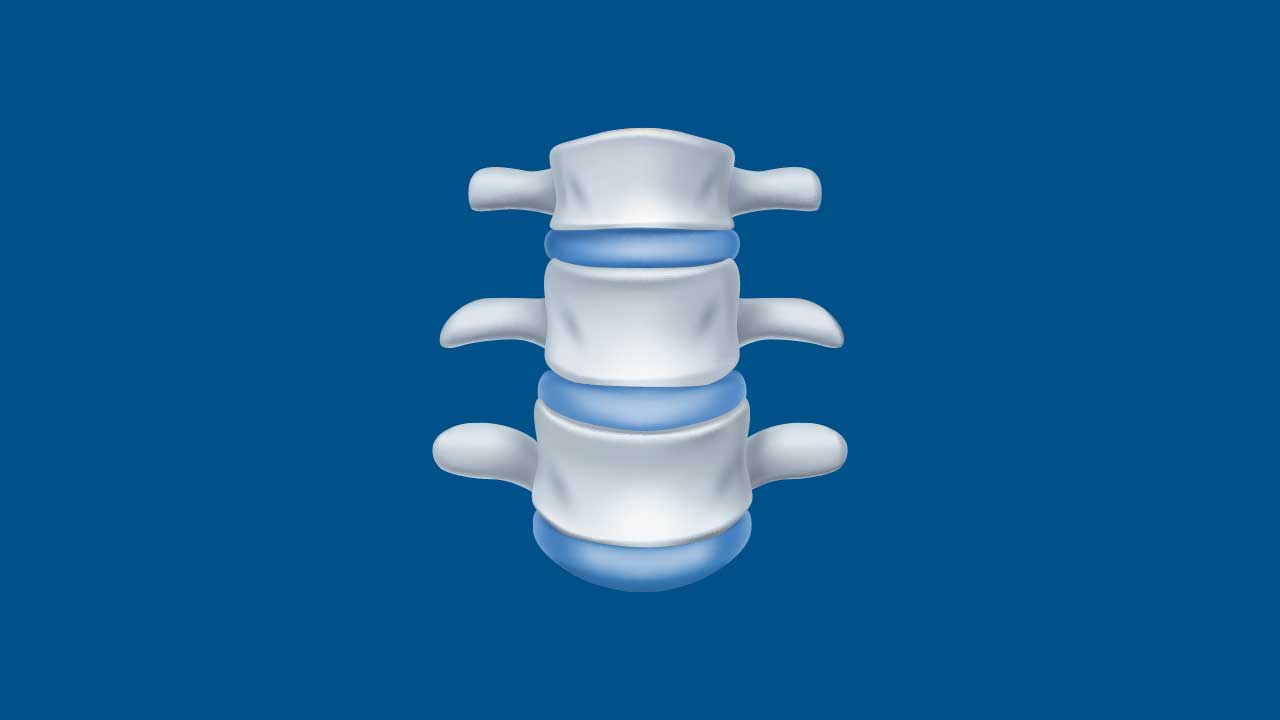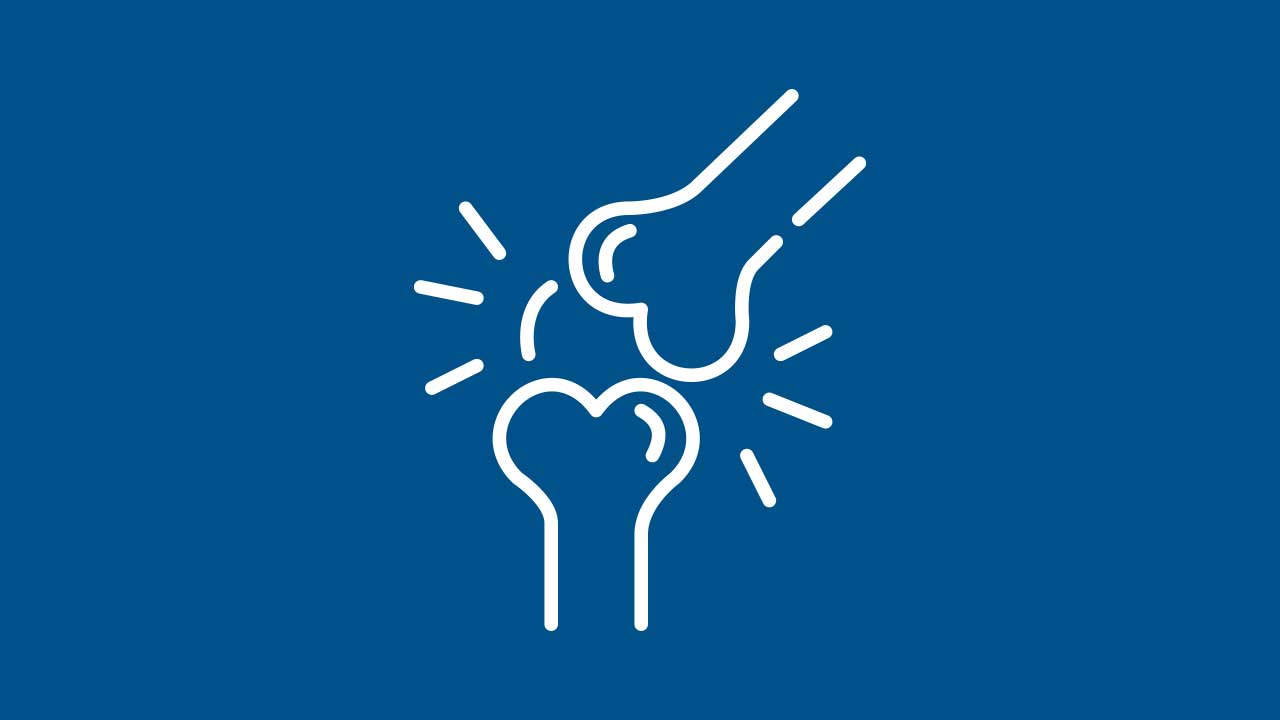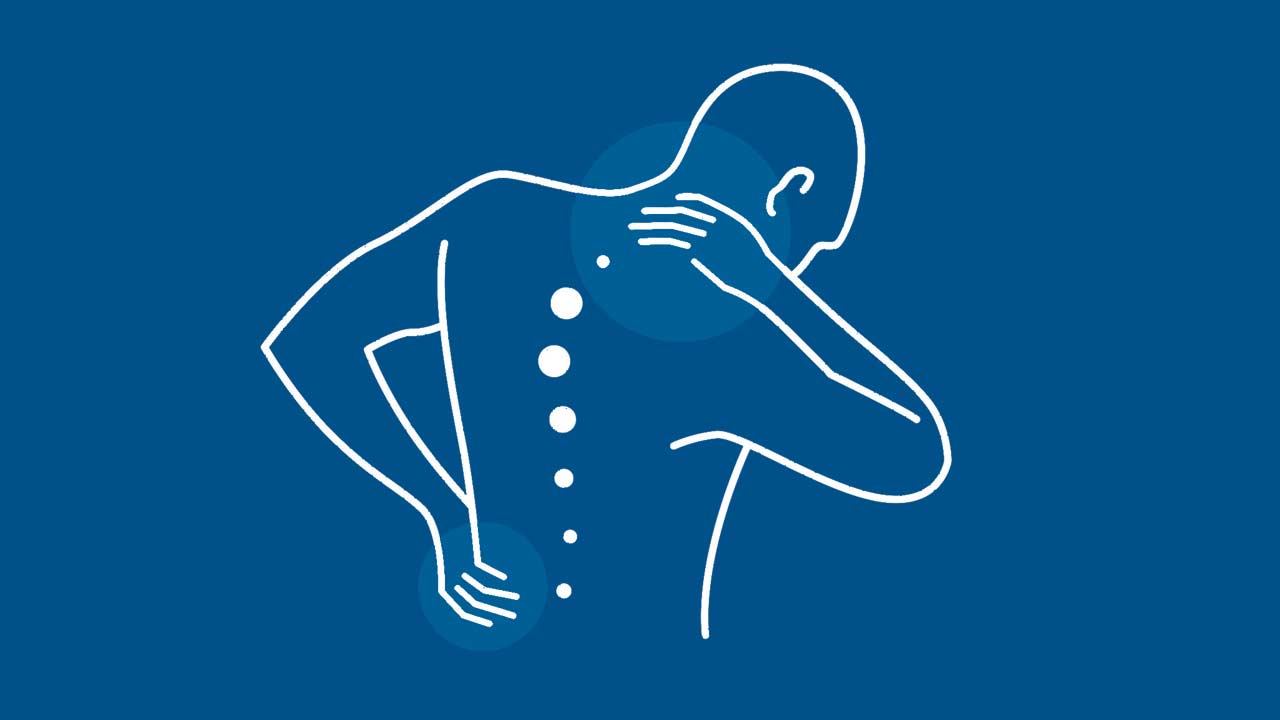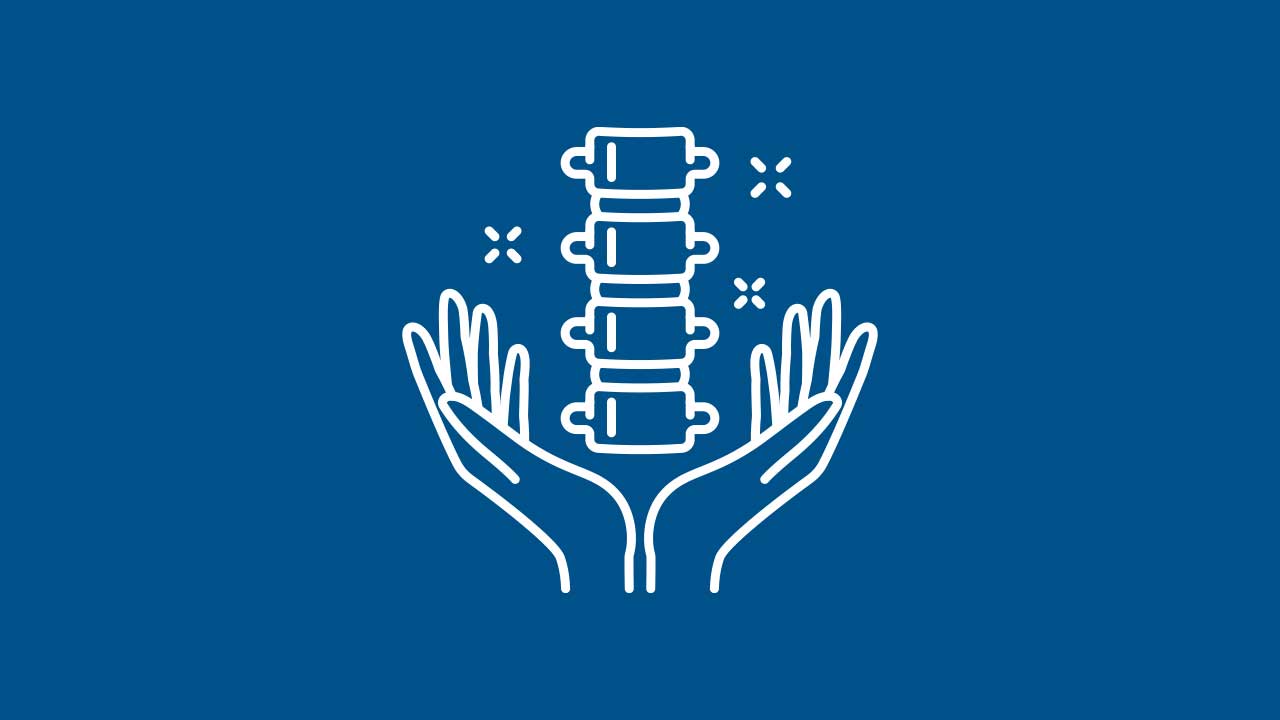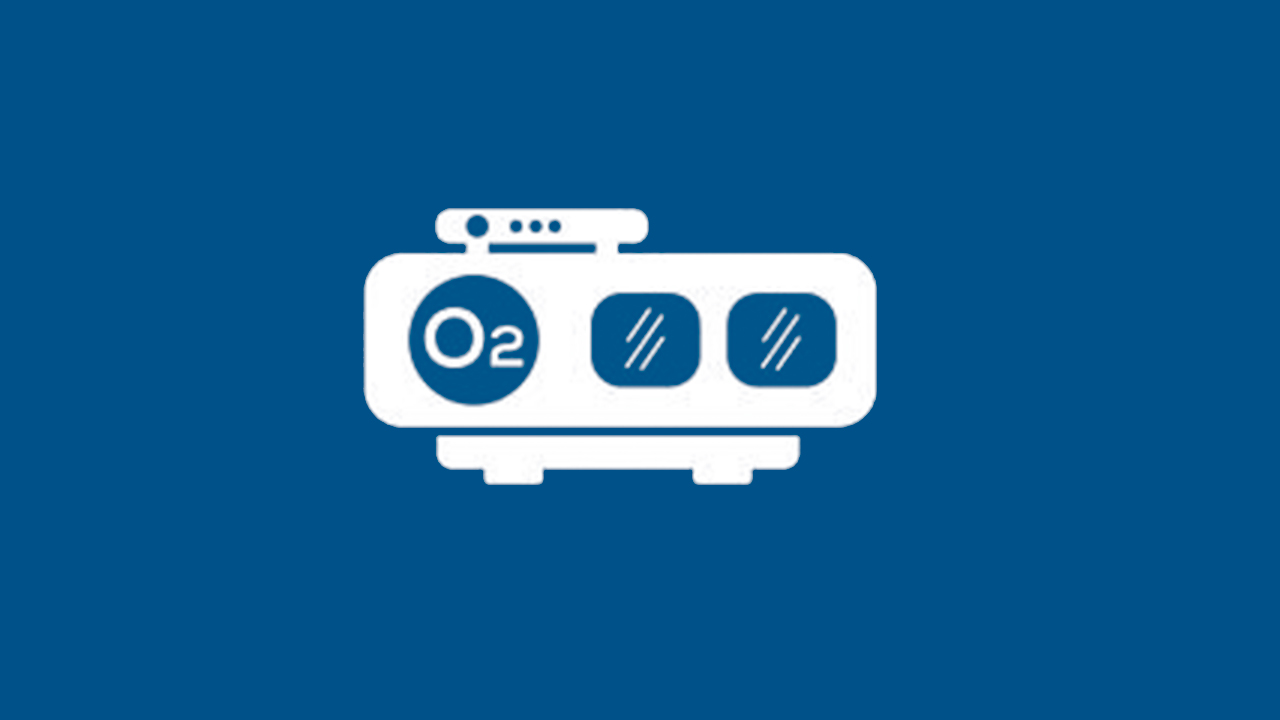Sciatica
Sciatica: Causes, Symptoms, and Treatment Options
Sciatica is characterized by pain radiating along the path of the sciatic nerve, which runs from the lower back through the buttocks and down each leg. Sciatica often arises from compression or irritation of one or more nerve roots in the lumbar spine, commonly due to a herniated disc, spinal stenosis, or spondylolisthesis.
Understanding the Sciatic Nerve
The sciatic nerve is the longest nerve in the body, formed by nerve roots (L4, L5, S1–S3) that exit the spinal column in the lower back. When these nerve roots become compressed or inflamed, pain typically travels along the nerve’s distribution, often affecting only one side of the body.
Causes and Risk Factors
- Herniated or Bulging Discs
Displaced disc material can press on nerve roots, triggering sciatic pain. - Spinal Stenosis
Narrowing of the spinal canal may impinge upon nerves. - Spondylolisthesis
A vertebra slipping forward can compress the sciatic nerve roots. - Muscle Spasms
Piriformis muscle spasms can entrap or irritate the sciatic nerve. - Risk Factors
Obesity, prolonged sitting, heavy lifting, or a sedentary lifestyle may increase susceptibility to sciatica.
Common Symptoms
- Radiating Leg Pain: Sharp, burning, or shooting pain that usually begins in the lower back or buttock, extending down the thigh, calf, or foot.
- Numbness or Tingling: “Pins and needles” sensations along the sciatic nerve path.
- Weakness: Difficulty moving the affected leg or foot.
- Worsening Pain with Movement: Pain may intensify while sitting, standing up, bending forward, or twisting.
Diagnosis
- Clinical Assessment
Review of symptom history; testing muscle strength, reflexes, and sensation in the legs. - Imaging Tests
MRI or CT Scan: Provides insight into disc health and nerve compression.
X-rays: Identifies potential structural changes like spondylolisthesis. - Straight Leg Raise Test
A physical exam maneuver often used to detect sciatic nerve irritation.
Non-Surgical Treatment Options
- Medications
NSAIDs or oral steroids to reduce inflammation, muscle relaxants to ease spasms, and neuropathic pain medications (e.g., gabapentin) if necessary. - Physical Therapy
Exercises targeting core strengthening, flexibility, and posture correction.
Techniques to alleviate pressure on the sciatic nerve, including gentle stretching of the hamstring and piriformis muscles. - Epidural Steroid Injections
Helps calm inflammation around the affected nerve roots. - Lifestyle Changes
Walking, swimming, and low-impact aerobics maintain fitness without putting undue stress on the spine.
Weight management and smoking cessation promote overall spinal health.
Surgical Treatment Options
- Microdiscectomy: Removal of herniated disc material compressing the nerve.
- Laminectomy: Widening of the spinal canal in cases of stenosis.
- Spinal Fusion: In cases of severe spinal instability or advanced degenerative changes.
Recovery and Rehabilitation
- Short-Term: Focus on pain management, gentle stretches, and avoiding activities that worsen pain.
- Physical Therapy: Progressive exercises to restore normal function and prevent flare-ups.
- Long-Term Maintenance: Continual emphasis on proper ergonomics, regular exercise, and healthy weight control.
Our Multi-Disciplinary Approach in NYC
Our practice integrates neurosurgery, orthopedic spine surgery, pain management, and rehabilitation to deliver comprehensive care for sciatica. With multiple locations in the New York City metro area, we are equipped to serve patients from nearby regions, across the U.S., and globally.
Additional Resources
Disclaimer
